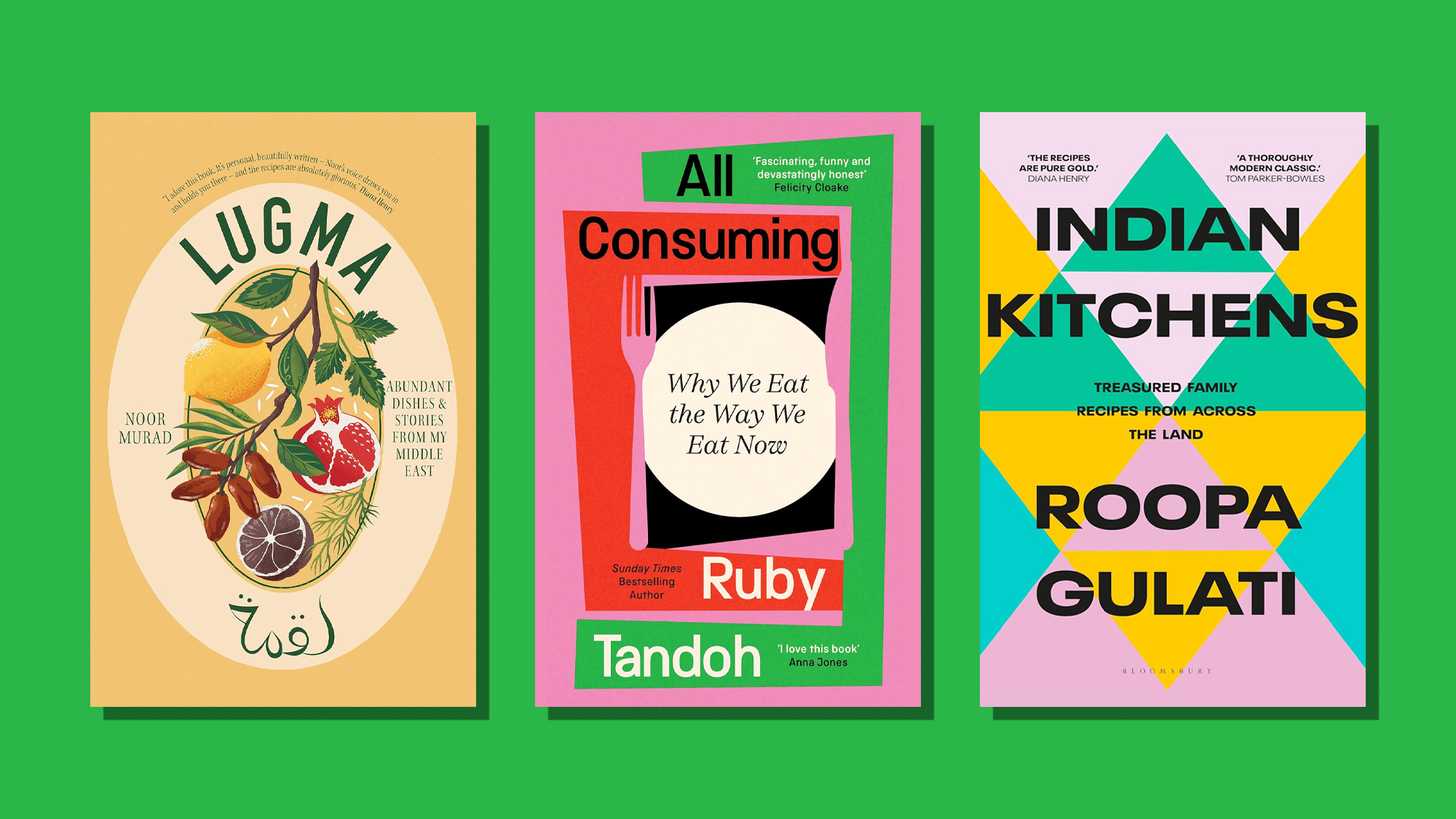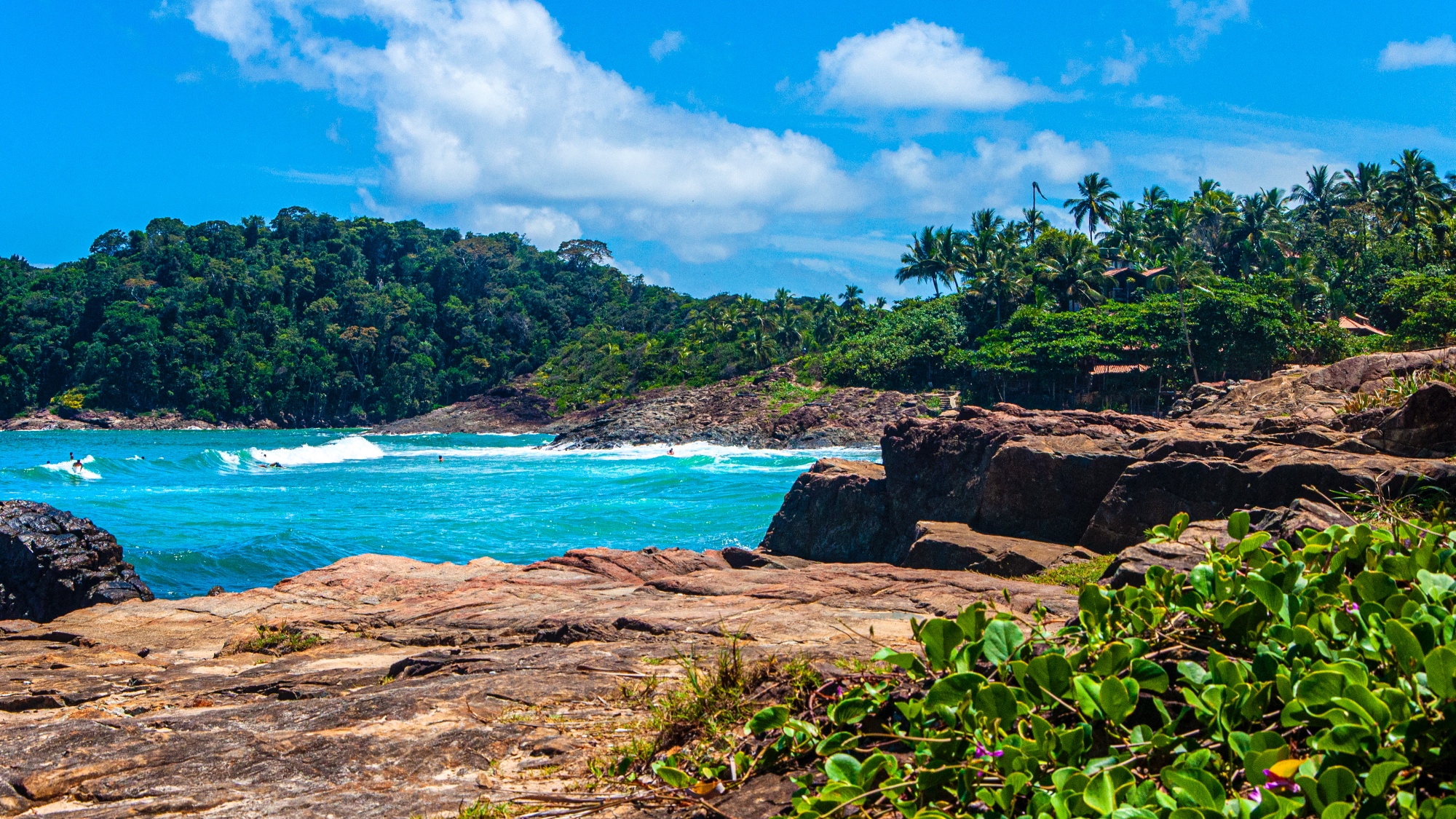Philip Guston review: a 'five-star show' at Tate Modern
New retrospective traces 'Guston's progress' over a long, varied career

In 1970, Philip Guston, "the most quietly painterly" of the great American abstract expressionists, held a new exhibition at Marlborough Gallery in New York, said Adrian Searle in The Guardian. Instead of the clumpy brushwork and "atmospheric jumbles" of the works that had made his name, here – "suddenly – were cartoonish depictions of pointy-hatted Ku Klux Klansmen going about their business of idiot evil": they sit in their rooms, drive around looking for trouble, they eat, they smoke. All Guston's skills – he was then in his 60s – were pressed into "a new and parodic purpose". His "late style shocked the art world and alienated the artist from many of his friends". But today, these images are regarded as some of the most powerful created in postwar America. Tate Modern's new retrospective, tracing "Guston's progress" over a long, varied career, is "a five-star show".
For Guston, the Klan was a "deeply personal" subject, said Waldemar Januszczak in The Sunday Times. Born Phillip Goldstein in Montreal in 1913, to a Russian-Jewish family, he was brought up in Los Angeles, where the "anti-black, anti-Jewish rantings of the KKK were an insistent feature" of his childhood. In 1923, his father, unable to get work because of antisemitic feeling, hanged himself in the garage. Guston was an "immediately adept" artist: his earliest works, influenced by Picasso and the surrealist Giorgio de Chirico, show that "talent was in his fingers". In the 1930s, he moved into "socially progressive public art": he painted an "explosive tondo recording the bombing of Guernica", and a "rousing" antifascist mural in Mexico. Later in the decade, he went to New York, where he moved in circles that included Jackson Pollock, an old friend from high school. The abstract expressionist work he created there is "the equal, I would argue, of Mark Rothko and Pollock". But by the late 1950s, Guston was "restless" once again. "Political dismay was still gnawing at him. Abstraction could not convey it." Hence his final "transformation" to the "remarkable, fearless, crazily inventive, light-touched, sarcastic, slobbish art" he began churning out in the Nixon years.
The work that he made in the "final, astonishing decade" before his death in 1980 is deeply "unsettling", said Alastair Sooke in The Daily Telegraph. There are "piled-up body parts, charged with knowledge of the Holocaust; spiders scuttling across scrofulous, bulbous heads; cigarette butts, empty bottles, and lukewarm, congealing chips". The pictures of Klansmen are the reason why this touring exhibition, originally scheduled to open several years ago, was postponed following the Black Lives Matter protests – which is absurd, given the artist's lifelong antifascism. It's good to see Guston at Tate Modern at last, said Jackie Wullschläger in the Financial Times – "rampant and magnificent in a thrilling show".
The Week
Escape your echo chamber. Get the facts behind the news, plus analysis from multiple perspectives.

Sign up for The Week's Free Newsletters
From our morning news briefing to a weekly Good News Newsletter, get the best of The Week delivered directly to your inbox.
From our morning news briefing to a weekly Good News Newsletter, get the best of The Week delivered directly to your inbox.
Tate Modern, London SE1 (020-7887 8888, tate.org.uk). Until 25 February 2024
Sign up to the Arts & Life newsletter for reviews and recommendations
A free daily email with the biggest news stories of the day – and the best features from TheWeek.com
-
 Why recognizing Somaliland is so risky for Israel
Why recognizing Somaliland is so risky for IsraelTHE EXPLAINER By wading into one of North Africa’s most fraught political schisms, the Netanyahu government risks further international isolation
-
 Crossword: December 30, 2025
Crossword: December 30, 2025The daily crossword from The Week
-
 What have Trump’s Mar-a-Lago summits achieved?
What have Trump’s Mar-a-Lago summits achieved?Today’s big question Zelenskyy and Netanyahu meet the president in his Palm Beach ‘Winter White House’
-
 The best food books of 2025
The best food books of 2025The Week Recommends From mouthwatering recipes to insightful essays, these colourful books will both inspire and entertain
-
 Art that made the news in 2025
Art that made the news in 2025The Explainer From a short-lived Banksy mural to an Egyptian statue dating back three millennia
-
 Nine best TV shows of the year
Nine best TV shows of the yearThe Week Recommends From Adolescence to Amandaland
-
 Winter holidays in the snow and sun
Winter holidays in the snow and sunThe Week Recommends Escape the dark, cold days with the perfect getaway
-
 Let these comedians help you laugh your way through winter
Let these comedians help you laugh your way through winterThe Week Recommends Get some laughs from Nate Bargatze, Josh Johnson and more
-
 The best homes of the year
The best homes of the yearFeature Featuring a former helicopter engine repair workshop in Washington, D.C. and high-rise living in San Francisco
-
 Critics’ choice: The year’s top 10 movies
Critics’ choice: The year’s top 10 moviesFeature ‘One Battle After Another’ and ‘It Was Just an Accident’ stand out
-
 A luxury walking tour in Western Australia
A luxury walking tour in Western AustraliaThe Week Recommends Walk through an ‘ancient forest’ and listen to the ‘gentle hushing’ of the upper canopy